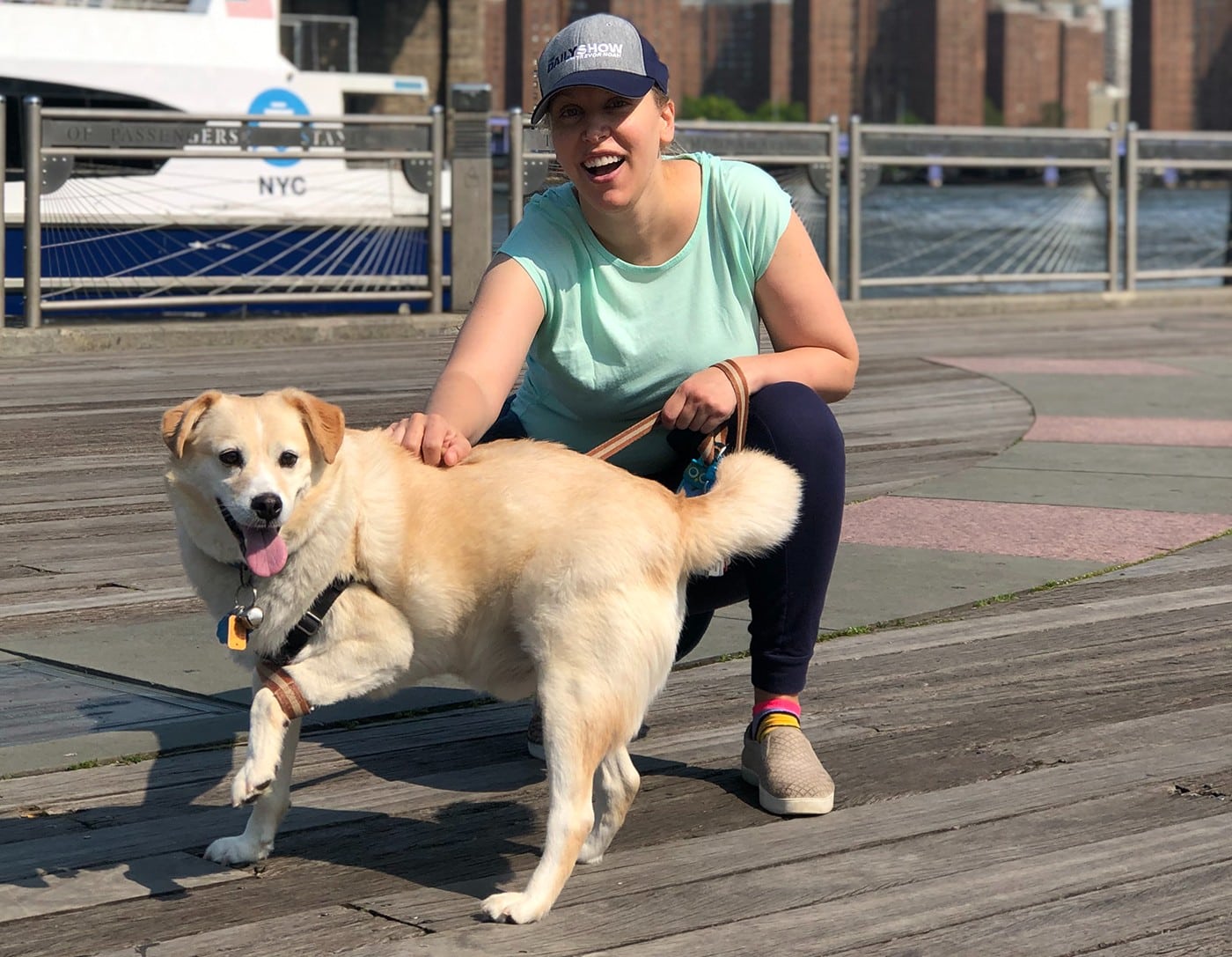I’ve been training dogs full-time for more than 22 years, have performed over 30,000 private consultations and trained thousands of dogs in my classes. Over that time, I’ve often heard some version of this question: What is the one training command you recommend every owner should teach their dog?
My response is twofold. First, there is no single command that’s going to magically transform your life with your dog. Obedience training and relationship building are forged from a deeply interconnected constellation of factors, each influencing the other.
Solid obedience training using a variety of motivators teaches a dog to enjoy learning while providing a context of structure, guidance and authority. This teaches the dog to exercise impulse control and look to the owner for most of the things it values. And each is key to the other.
Related: Get Our 24-Tip Guide on Building a Successful Bond Between Your Dog and Children
That said, there is a powerful foundational exercise that I first learned from my primary training mentor decades ago. It’s simply called the “pay attention game.” It can be performed with different length leashes to encourage the dog’s attention at a variety of distances. Essentially it involves changing a direction without warning while engaged in different activities with your dog.
Here is what you need to do to help build this connection.
Make your dog feel like she is off leash.
Go to a large, open area with your dog on a 30’ leash. (You can use a bit shorter, if needed.) Begin walking and allow your dog to go wherever she pleases. When she approaches the end of the leash, which will be about 28’ away from you, simply turn and go in another direction — any direction will do. Your dog will feel a slight tug on her leash, turn and notice that you’re moving off in a new direction. She’ll then tend to follow in that direction before soon drifting off again.
Keep changing directions.
When she drifts off again repeat the procedure. Just keep changing directions on your dog when she’s out and away from you. Usually after about three or four turns your dog will begin tracking you out of the corner of her eye, avoiding the leash tug while otherwise going about her business. You’ll know this is happening because each time you turn your dog will turn with you, even if she’s 30 feet away. She may or may not come to you but she’s keeping an eye on you and will generally be in increasing tandem with you.
Related: 10 of the Best Interactive Puzzles and Games for Your Bored Dog
Continue to build the relationship.
This is a hugely significant step both for obedience training and relationship building. Why? Because if you have your dog’s attention then teaching and practicing obedience commands is relatively easy. For instance, if you turn and your dog turns with you, at that moment of attention you can also practice a recall (coming when called), reward your dog upon her arrival and then let her go. Because you already have your dog’s attention, getting her to recall, especially if you’ve also practiced this in a separate context, should be relatively easy. She’ll come to you and you’ll reward her with a treat, toy or wild affection – whichever she prefers – and off she’ll go.
The reason it works.
This is a simple and potent exercise. Why? Because you’re setting natural boundaries for your dog without the need for unnecessary confrontation, she learns to habitually keep you in the center of her awareness (even if only at the periphery of her vision), she learns that this orientation produces fun interactions such as recalls and these, in turn, build mutual trust. How? By teaching your dog that you’re the source not only of boundaries but of boundless fun and by giving you increasing confidence in your dog’s reliability.
Related: There is a Circus Training School for Dogs — And It Is Amazing
There are many variations of this powerful exercise, which is often overlooked in today’s excessive focus on simply rewarding dogs with treats (nothing wrong with treats but they’re far from the best source of reliable relationship building). So give this one a test-drive and see for yourself what a difference twenty minutes can make – a trivial time span even in an age of increasing attention deficits.
To hear more from Michael, check out his latest book, Good Dog, Happy Baby: Preparing Your Dog for the Arrival of Your Child





















